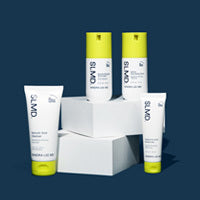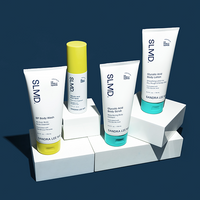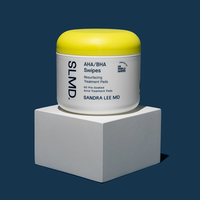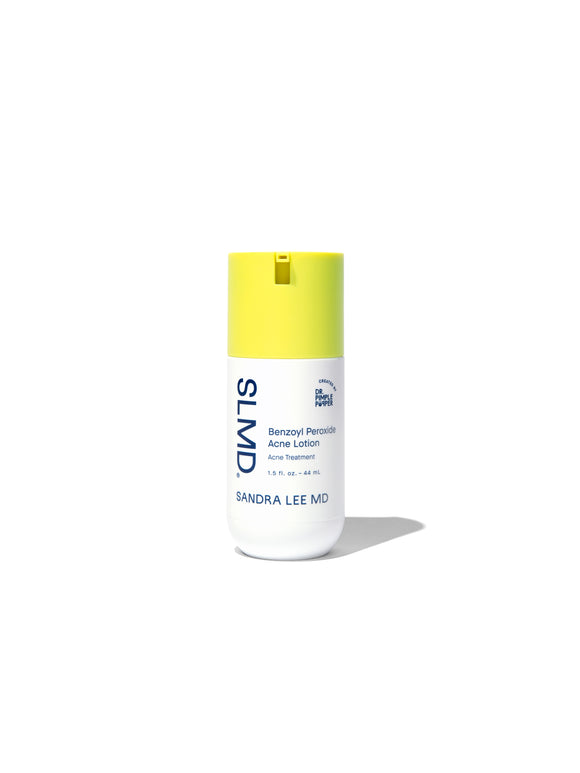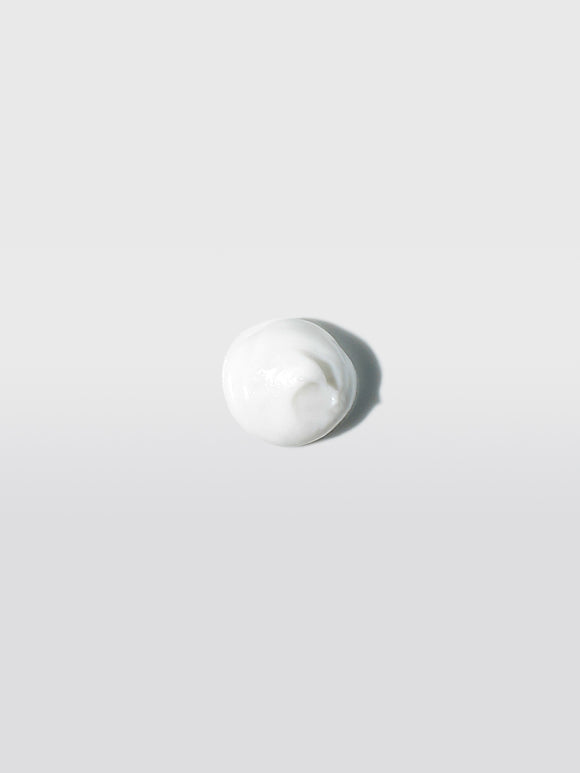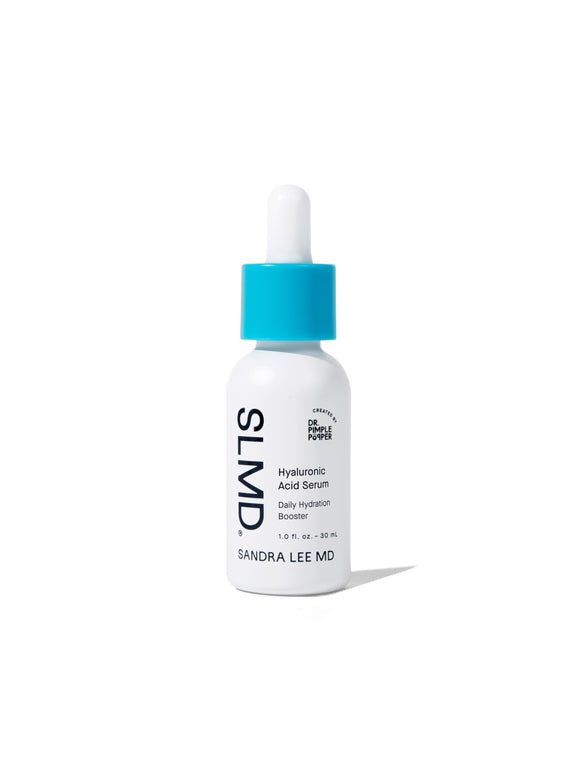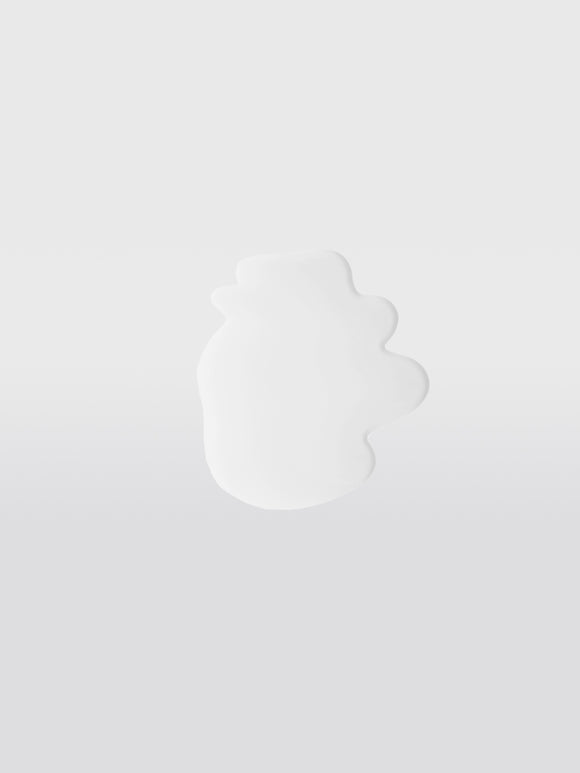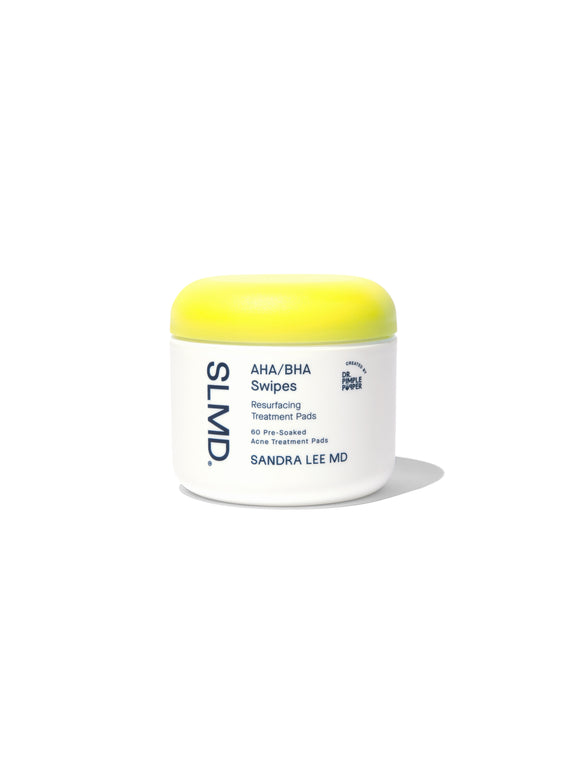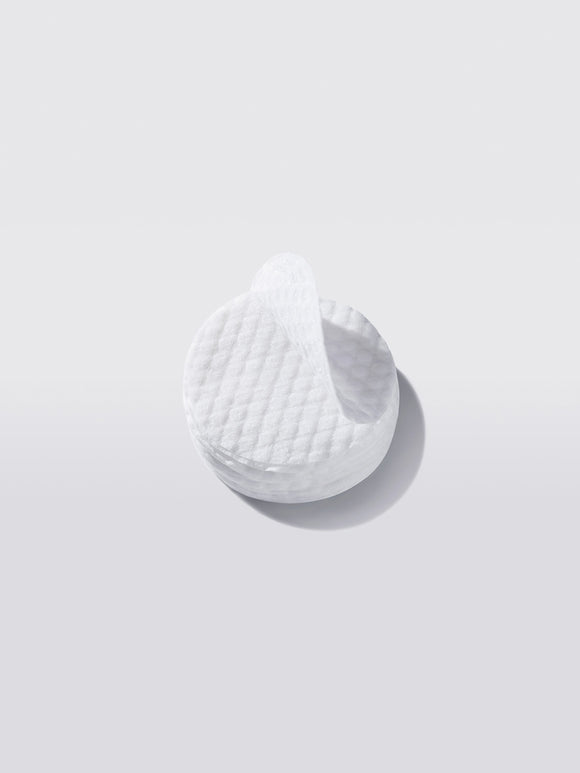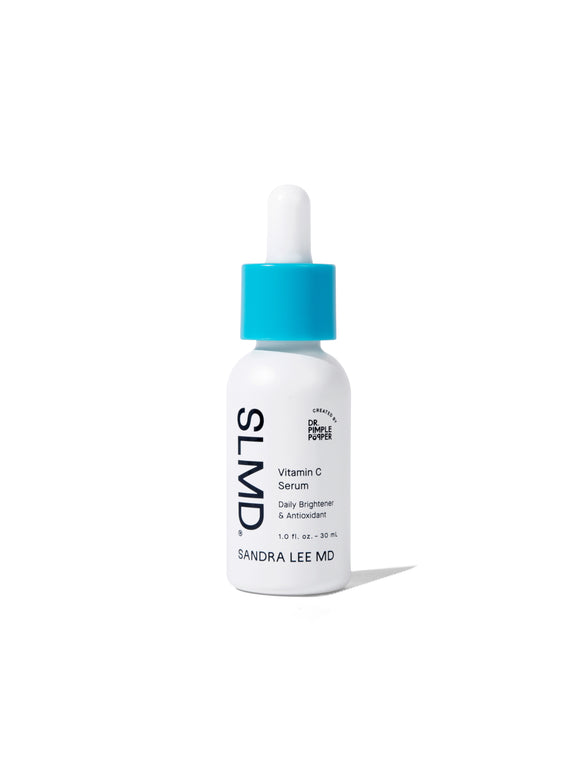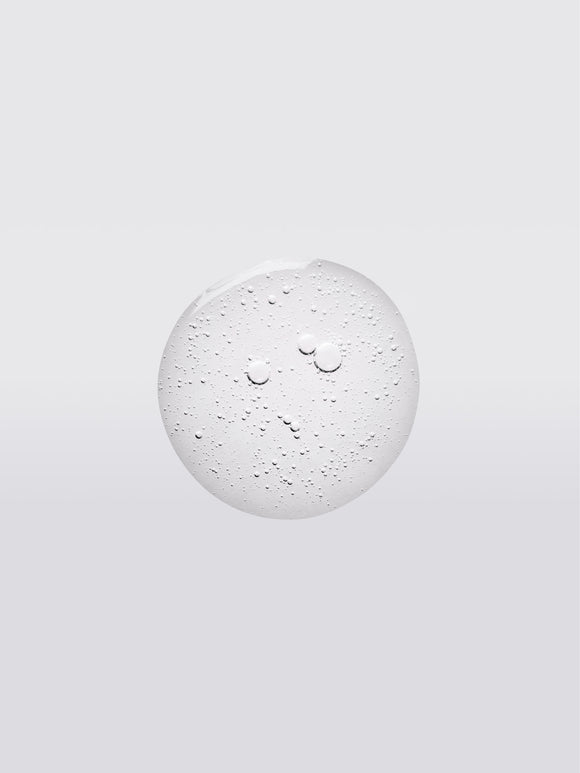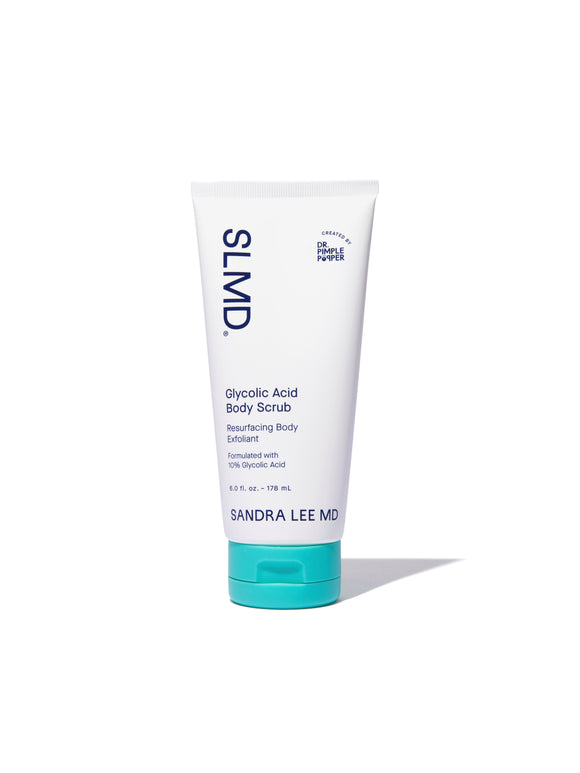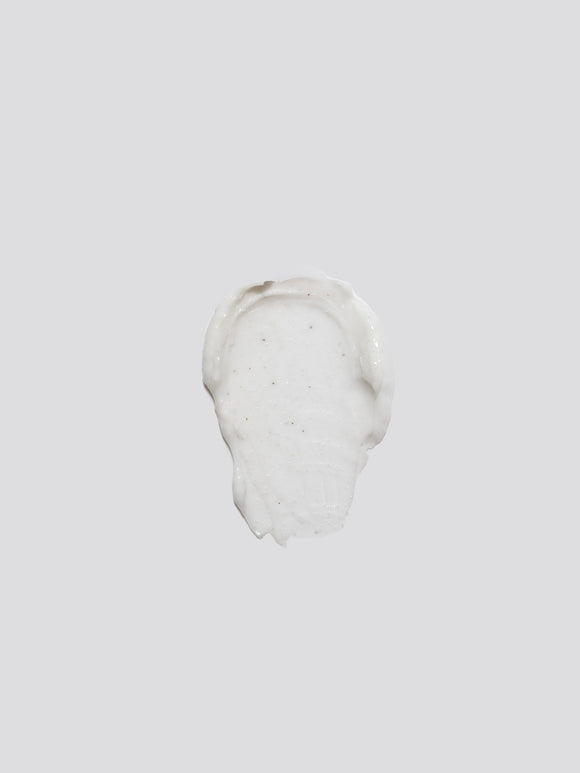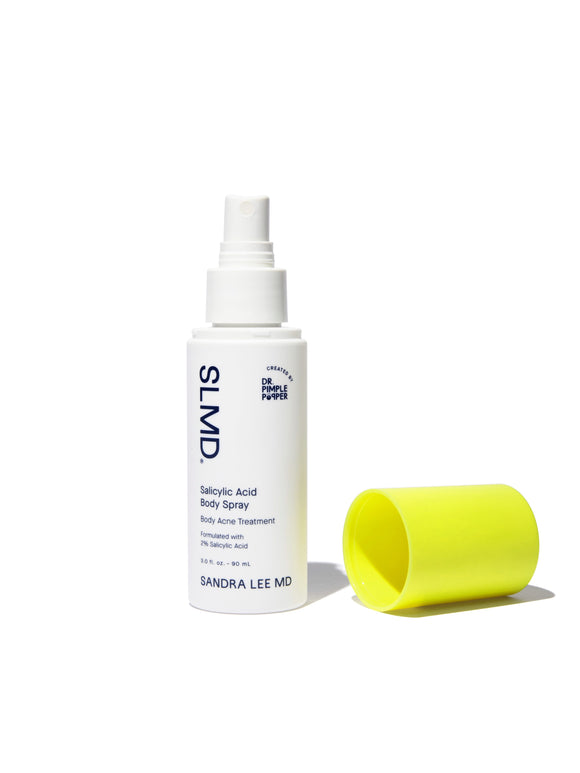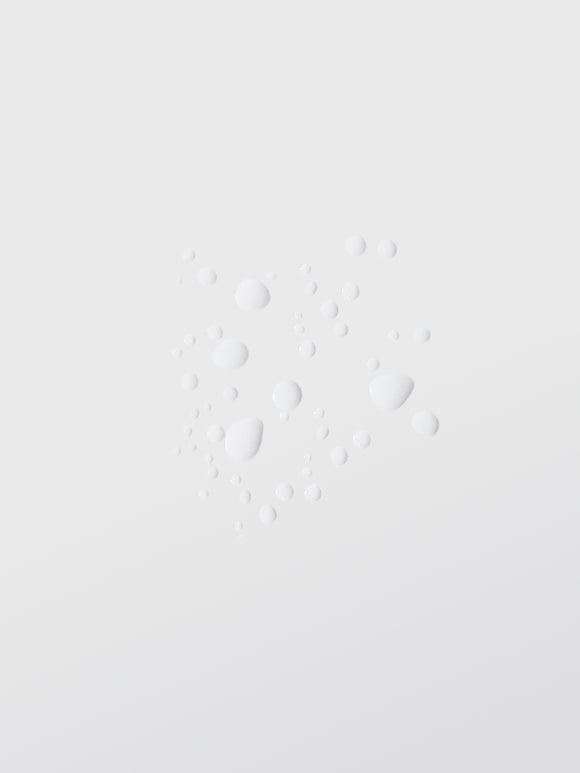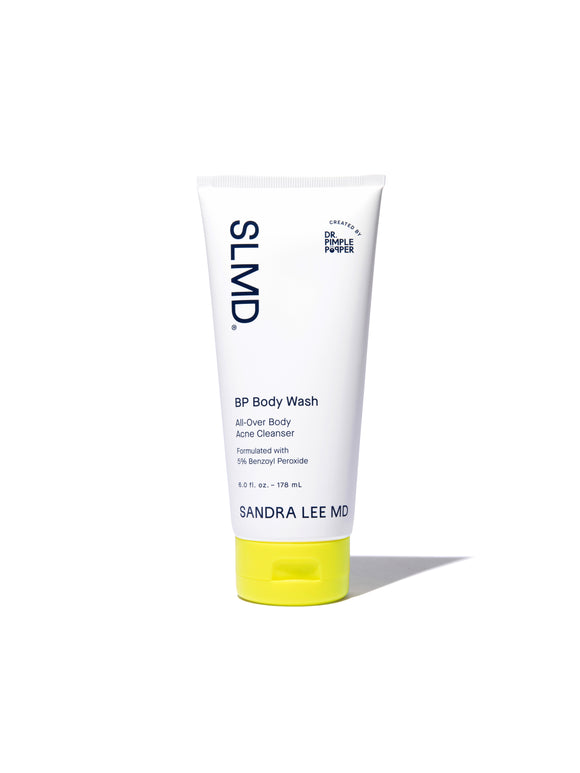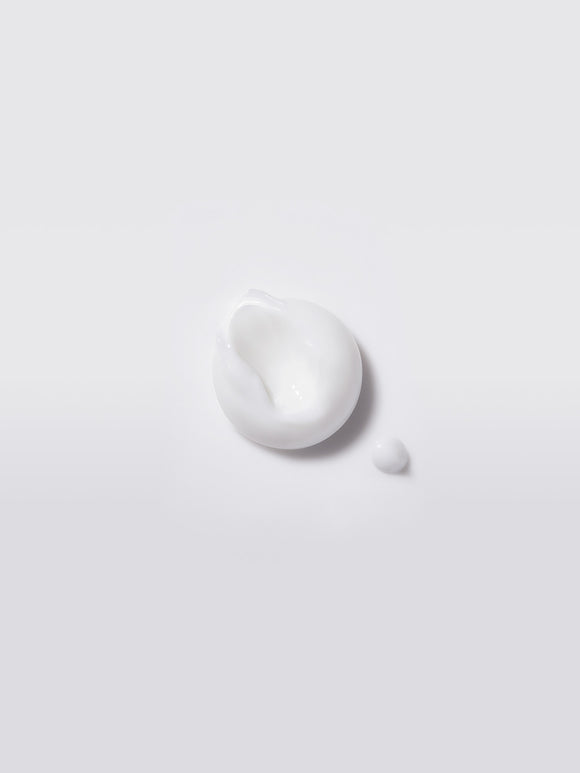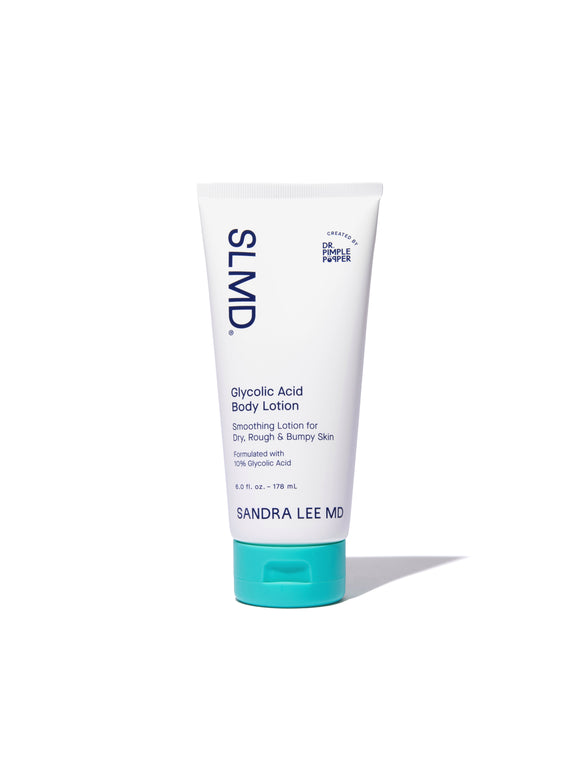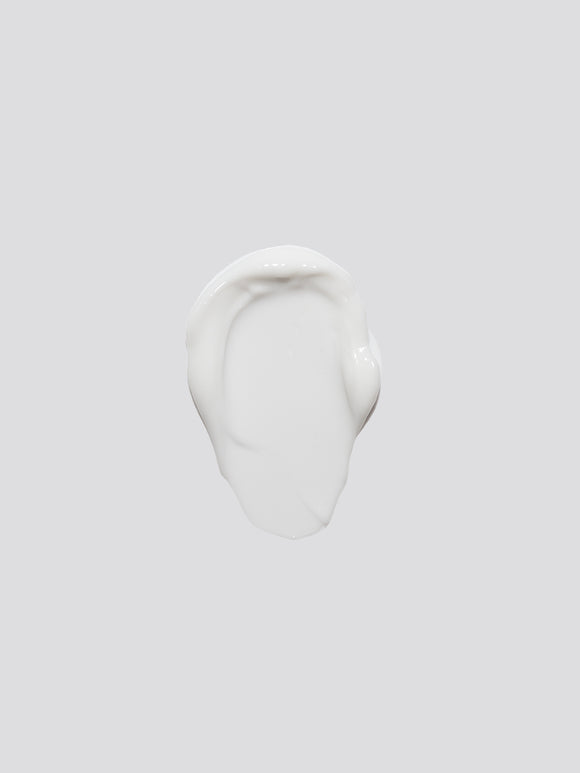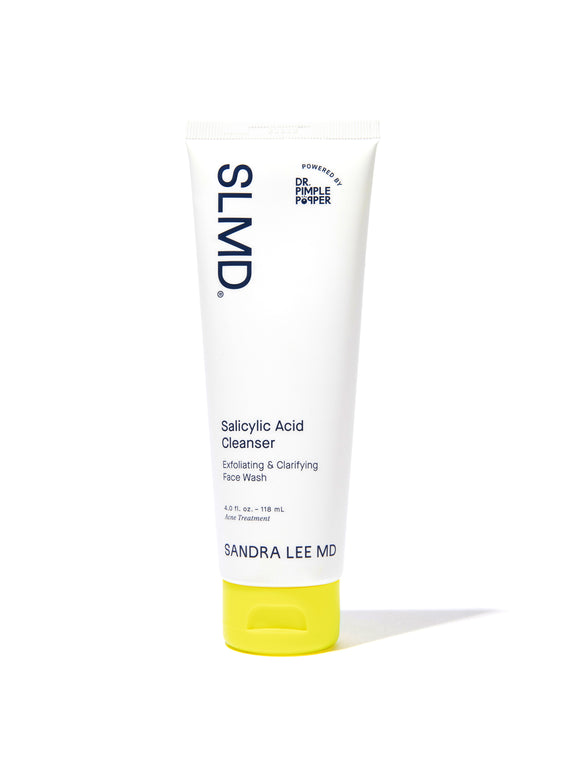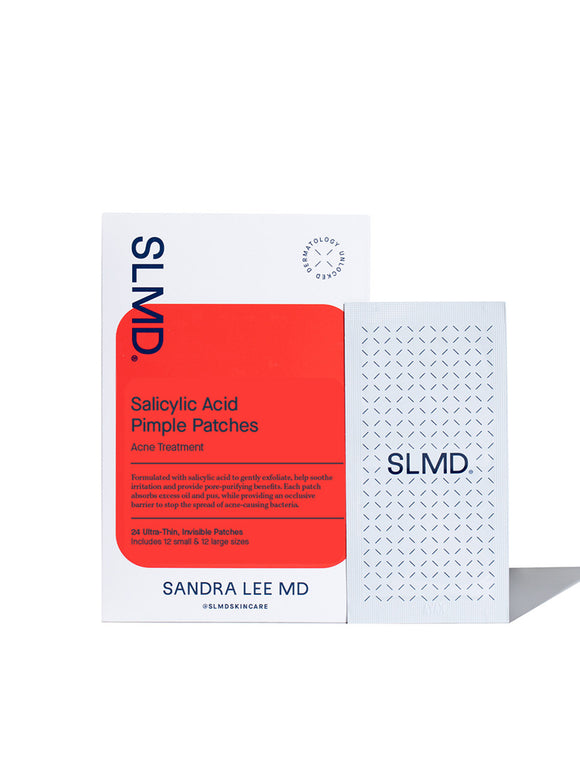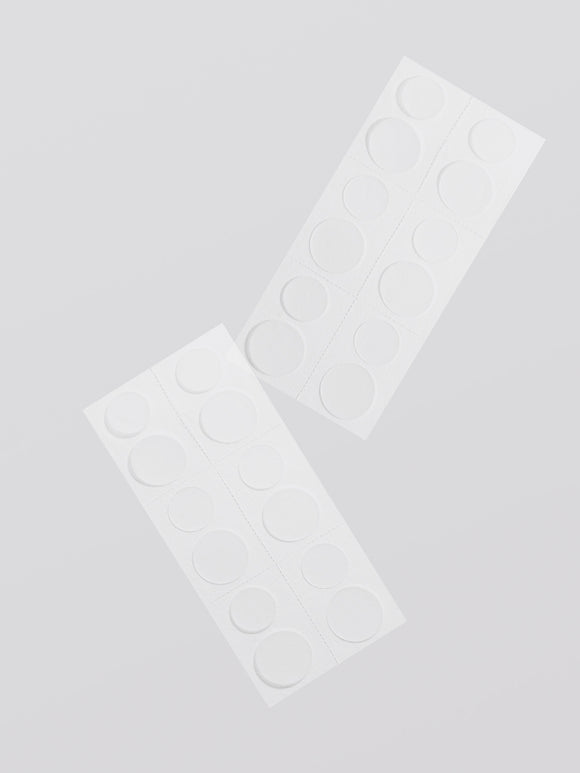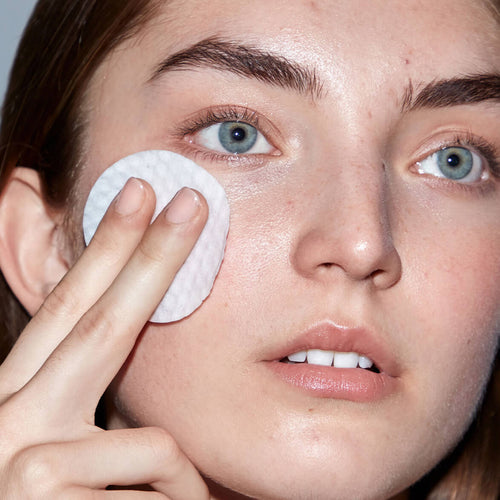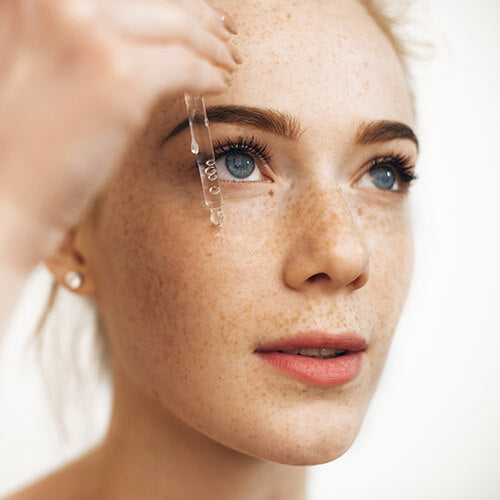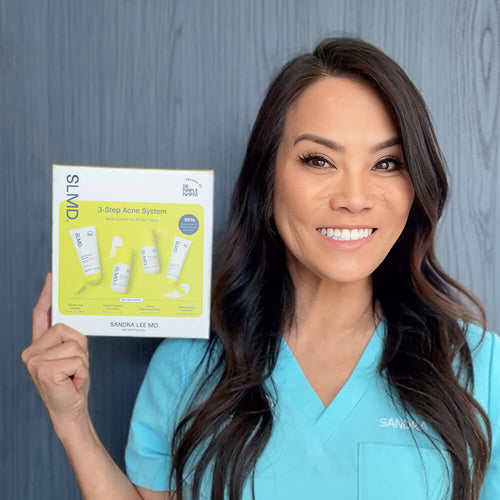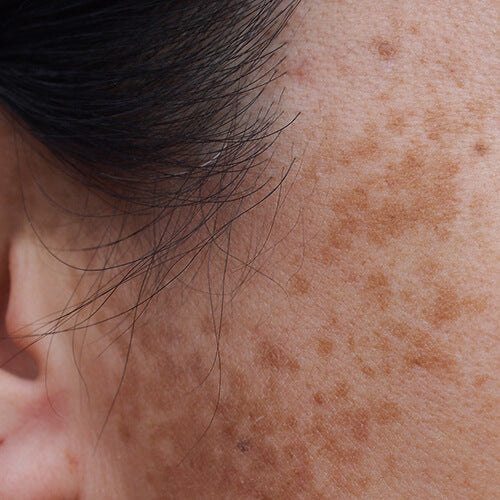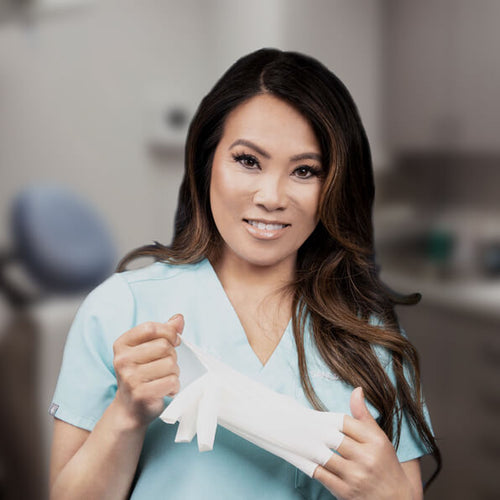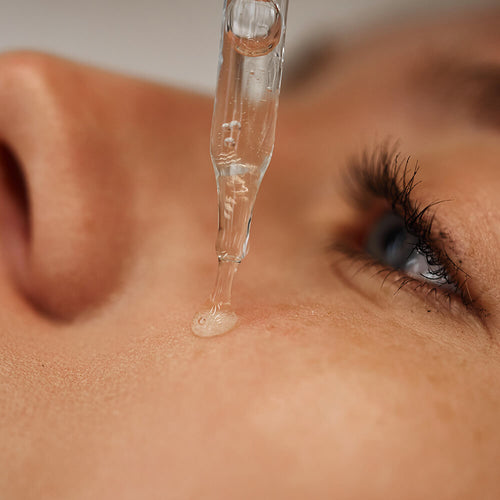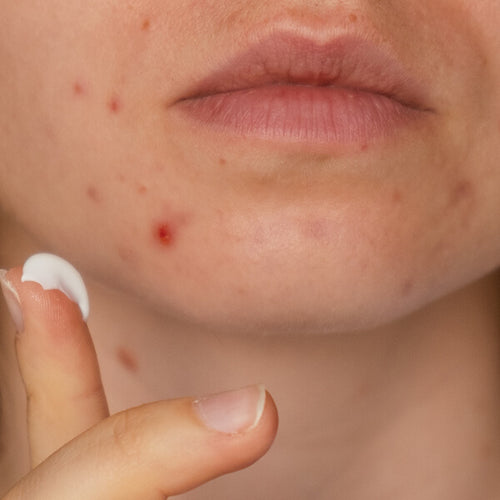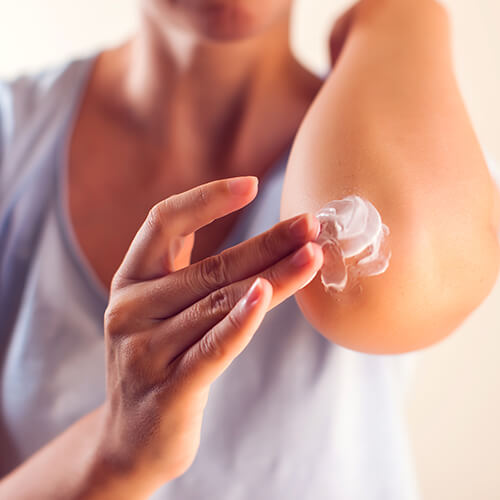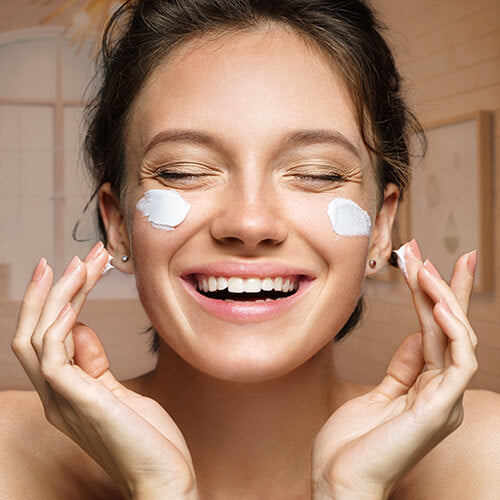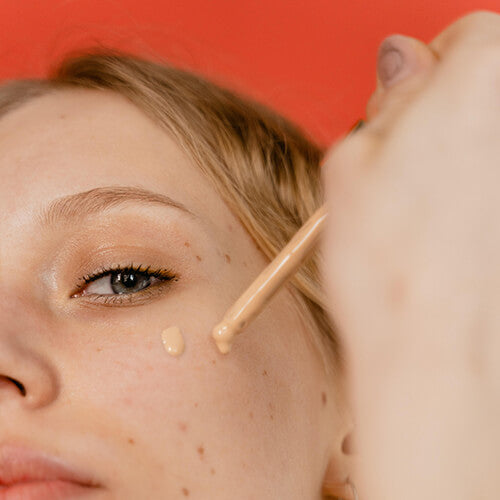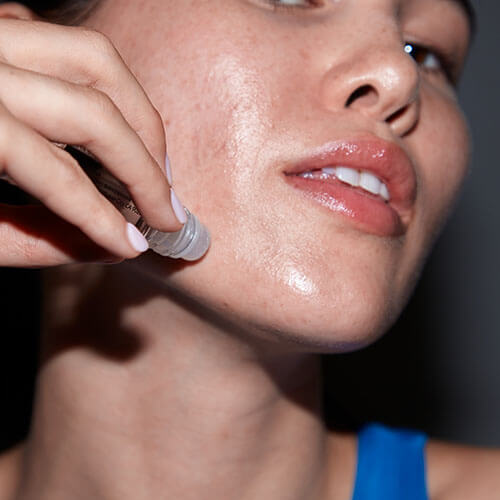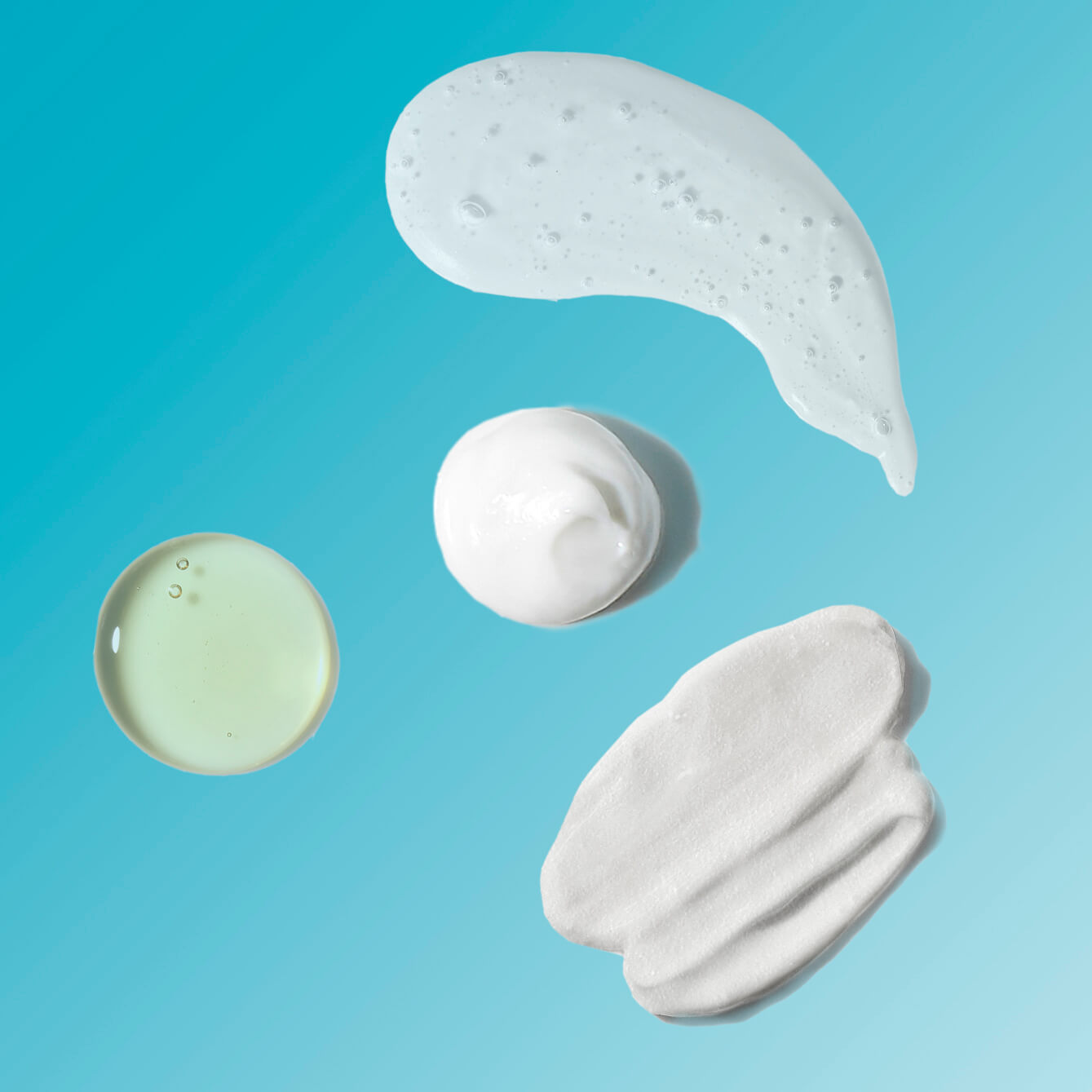
What Are Active Ingredients in Skincare & How Do They Work?
Dr. Pimple Popper breaks down how to identify and use the most effective skincare ingredients.
Published:
4 minute read
Not all skincare ingredients work the same way — some have powerful effects on the skin, while others play a supporting role. If you’re dealing with concerns like acne, keratosis pilaris or eczema, you need to understand which ingredients are capable of making a difference. But how can you tell which ones actually work?
The key is understanding active ingredients—the components in skincare that have been studied for their effects on the skin. Unlike other ingredients, these have a defined role in supporting skin health and appearance.
With the help of our founder, Sandra Lee, MD (aka Dr. Pimple Popper), we’re breaking down everything you need to know about active ingredients in skincare, how they work, and how to spot them on a label.
Article Quick Links
What are active ingredients in skincare?
The term “active ingredient” gets thrown around a lot, but according to the FDA, it has a specific definition:
An active ingredient is any component that provides pharmacological activity or other direct effect in the diagnosis, cure, mitigation, treatment, or prevention of disease, or to affect the structure or any function of the body.*
In simpler terms, an active ingredient is an FDA-recognized drug ingredient—meaning it’s proven to target a specific skin concern. If a skincare product contains true active ingredients, they must be listed separately in a Drug Facts box.
Some ingredients, like alpha hydroxy acids (AHAs), are still being evaluated for FDA classification. These ingredients are commonly used for their skin benefits, but they aren’t officially regulated as drugs — yet.
Key active ingredients and their benefits
Many over-the-counter skincare ingredients are considered active, though not all are officially recognized by the FDA. Here’s how they break down:
FDA-recognized active ingredients
- Acne treatments: Benzoyl peroxide, resorcinol, salicylic acid, sulfur
- Skin protectants: allantoin, colloidal oatmeal, glycerin, dimethicone, zinc oxide
- Astringents: witch hazel
- Sunscreen agents: avobenzone, titanium dioxide, zinc oxide
- Anti-itch agents: hydrocortisone
Commonly recognized “unofficial” active ingredients
- Exfoliants: glycolic acid, lactic acid (AHAs); salicylic acid (BHA)
- Retinoids: retinol, retinaldehyde
- Antioxidants & brighteners: vitamin C, niacinamide, kojic acid
- Hydrators & skin barrier support: hyaluronic acid, ceramides, peptides
Many of these ingredients have been widely studied and incorporated into skincare for their ability to improve skin function.
Active vs. inactive ingredients: what's the real difference?
If an active ingredient is the star of the show, inactive ingredients play important supporting roles. According to Dr. Lee, inactive ingredients:
- Stabilize formulas: maintain texture and consistency
- Buffer harsh actives: help prevent irritation by conditioning the skin
- Enhance delivery: ensure active ingredients absorb effectively
- Extend shelf life: preserve freshness and prevent contamination
- Improve sensory appeal: add fragrance or texture to enhance user experience
Dr. Pimple Popper's Go-To Active Treatments
How to choose the right active ingredients for your skin
Not every active ingredient works for every skin type. When selecting products, consider:
- Oily or acne-prone skin: Look for salicylic acid, benzoyl peroxide, or retinoids to help clear breakouts.
- Dry or sensitive skin: Opt for hyaluronic acid, ceramides, and niacinamide to hydrate and strengthen the skin barrier.
- Hyperpigmentation or uneven tone: Ingredients like vitamin C, kojic acid, and glycolic acid can help brighten and even out skin tone.
- Fine lines and wrinkles: Retinoids and peptides support collagen production and skin renewal.
How to use active ingredients correctly (without irritation)
Powerful actives can deliver amazing results—but only when used correctly. Here’s how to incorporate them safely:
- Introduce slowly: Start with a lower frequency (e.g., every other night) to let your skin adjust.
- Avoid ingredient clashes: If you have sensitive skin, some actives, like retinol and AHAs, can be too harsh when used together.
- Always wear SPF: Many active ingredients (like retinoids and AHAs) increase sun sensitivity, making daily sunscreen essential.
- Hydrate and protect: Use moisturizers and barrier-supporting ingredients to minimize irritation and keep skin healthy.
How to identify active ingredients on skincare labels
Deciphering skincare labels can feel overwhelming, but knowing where to look makes all the difference. Start by checking the ingredient list and looking for a Drug Facts box — this is where FDA-recognized active ingredients will be listed with their concentration. If a product doesn’t have a Drug Facts box but still highlights ingredients like retinol or vitamin C, it’s likely classified as a cosmetic rather than a drug.
- Drugs: Products designed to treat a skin condition (like acne or eczema) and must meet FDA standards for safety and efficacy.
- Cosmetics: Products that cleanse, hydrate, or improve appearance without changing skin function.
Understanding this distinction helps you choose products that align with your skincare goals—whether you're looking for clinically regulated treatments or cosmetic actives that support your routine.

Dr. Lee's Last Word
Choosing the right active ingredients can make all the difference in your skincare routine. Understanding how they work — and how to use them correctly — helps you get the best results while keeping your skin healthy.
